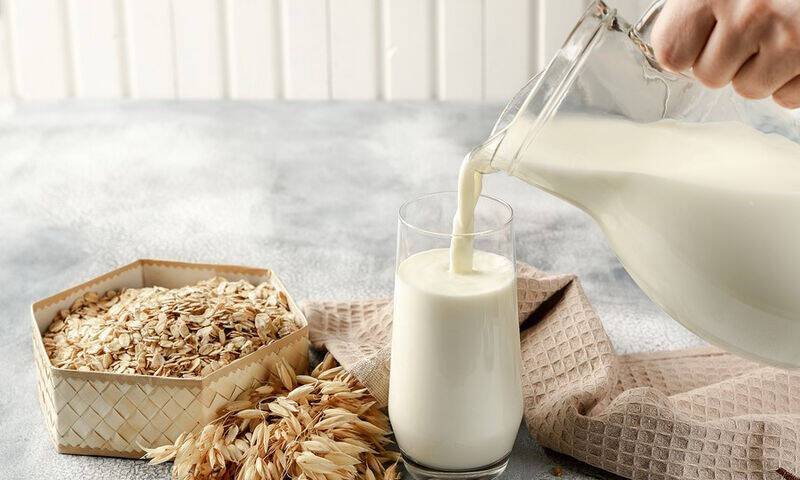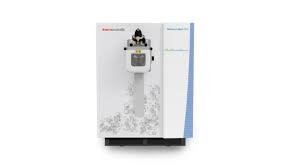Thursday, 13 November 2025
Research finds new health benefits from A1 protein-free milk
The studies, sponsored by The a2 Milk Company, focused on two different population groups in China New research presented at an international paediatric conference demonstrated new health and wellbeing benefits…

The studies, sponsored by The a2 Milk Company, focused on two different population groups in China
New research presented at an international paediatric conference demonstrated new health and wellbeing benefits to certain mother and baby groups from consumption of a2 MilkTM and infant formula containing a2 Milk.
The studies, sponsored by The a2 Milk Company, focused on two different population groups in China. The first study focused on breastfeeding mothers consuming either A1 protein-free milk or conventional milk and their exclusively breastfed infants, while in the second, the population group was infants mix-fed with both breastmilk and either infant formula made from a2 Milk™ or conventional infant formula.
The findings from the two studies were:
In the first exploratory study, 25 breastfeeding mothers consuming A1 protein-free milk experienced significantly improved gastrointestinal outcomes coupled with lower markers of systemic inflammation at day 14 compared to the 25 mothers within the conventional milk group. These benefits were also seen in their exclusively breastfed infants1 at day 14.
In the second, real world evidence study, conducted over eight weeks, the mixed fed infant group of 140 infants consuming a combination of breastmilk and infant formula made from a2 Milk experienced statistically significant improvements in comfort including gastrointestinal symptom relief, and fewer crying periods compared to those who were mixed fed breastmilk and infant formula made from conventional milk2 at weeks 2 and 4 . Improvement in results was observed through to week 8 of the study, with the results at weeks 2 and 4 timepoints being significant. This may be of practical benefit for parents whose infants are unsettled.
“These findings reflect a maternal transfer of benefits”, the Chief Science Advisor of The a2 Milk Company, Dr Andrew Clarke, said. “In publishing the outcomes of these studies, we hope to spark greater interest among nutrition and health professionals about the broader role A1 protein-free milk and dairy products could play in population health.”
Technology
Tetra Pak opens Product Development Centre in France
Nov 13, 2025 | Company News
MENU ORDER AI to launch app aimed at GLP-1 users and health-conscious diners
Nov 10, 2025 | Company News
Harnessing Quantum AI for Greener Minds and Healthier Futures
Nov 10, 2025 | Interaction
Food Testing
Intertek acquires Costa Rican testing business Suplilab
Nov 07, 2025 | Company News
Thermo Fisher Scientific launches Orbitrap mass detector for food safety testing
Oct 24, 2025 | Company News
ADM advances quality capabilities with opening of new Central Milling Laboratory
Oct 16, 2025 | Company News
More Popular
Syren Spreads launches spoonable adaptogenic beauty chocolate
Nov 13, 2025 | Company News
Gunpowder Irish Gin expands with new Italian Fig & Laurel Expression
Nov 13, 2025 | Beverages
8 winter foods that transform your skin by healing your gut first
Nov 13, 2025 | Beverages






